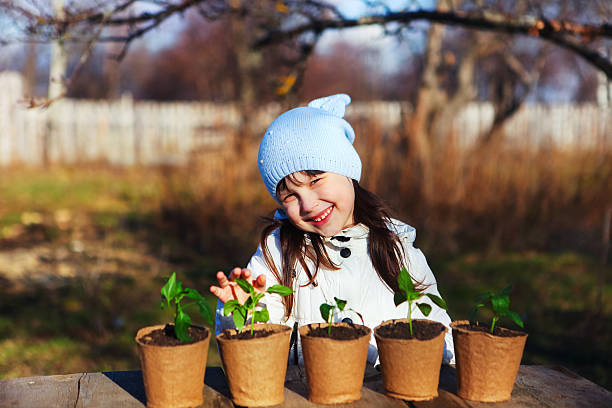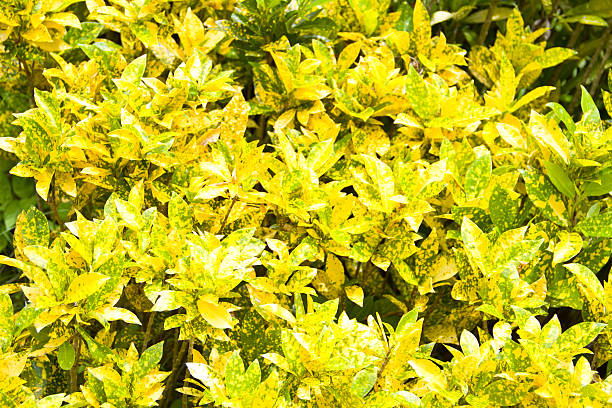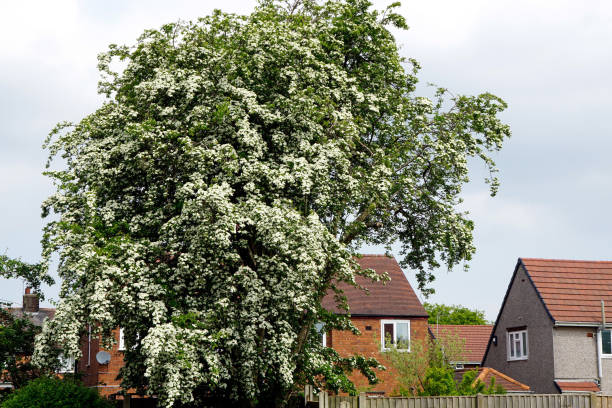Looking for something fun to do over the weekend? Go planting! Planting is an excellent way to enjoy the outdoors, improve your environment, and get active. We’ll share some tips in this blog on how to get the most out of your gardening experience.
Select the Right Plants
It’s crucial to select the right plant for your soil and climate when you are planting. This will improve your chances of success, and your plants will thrive. Make a list of all the garden plants you would like to grow.
Prepare your soil
Prepare your soil before you begin planting. It is important to remove any weeds and debris, loosen the soil, then add nutrients as necessary. You can buy soil amendments from your local nursery or garden center.
Planting Techniques
There are some techniques you can use to help your plants grow healthy and strong. Dig a hole slightly bigger than the root ball of the plant. After gently loosening the roots, place the plant into the hole. Fill the hole back up with soil, and then water it thoroughly.
Maintenance
It is important to maintain your plants once they are planted properly. Watering regularly, fertilizing when needed, and pruning as necessary are all part of this. You should pay attention to each plant’s specific needs, as they may vary.
Planting Benefits
Planting is beneficial to both you and the environment. Planting can reduce your carbon footprint by absorbing the carbon dioxide in the air. Planting can also improve the air and water quality and provide habitat for wildlife. It will also beautify the environment.
Planting is an enjoyable and rewarding hobby that can make a positive difference in the environment. You can create a healthy and beautiful garden by choosing the right plants and preparing the soil. What are you waiting to do?



